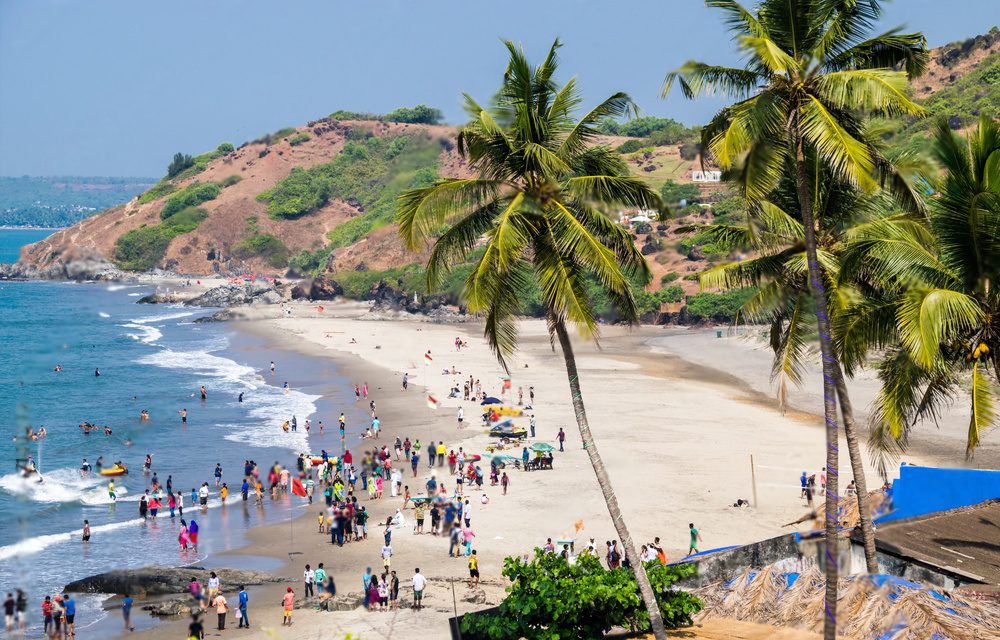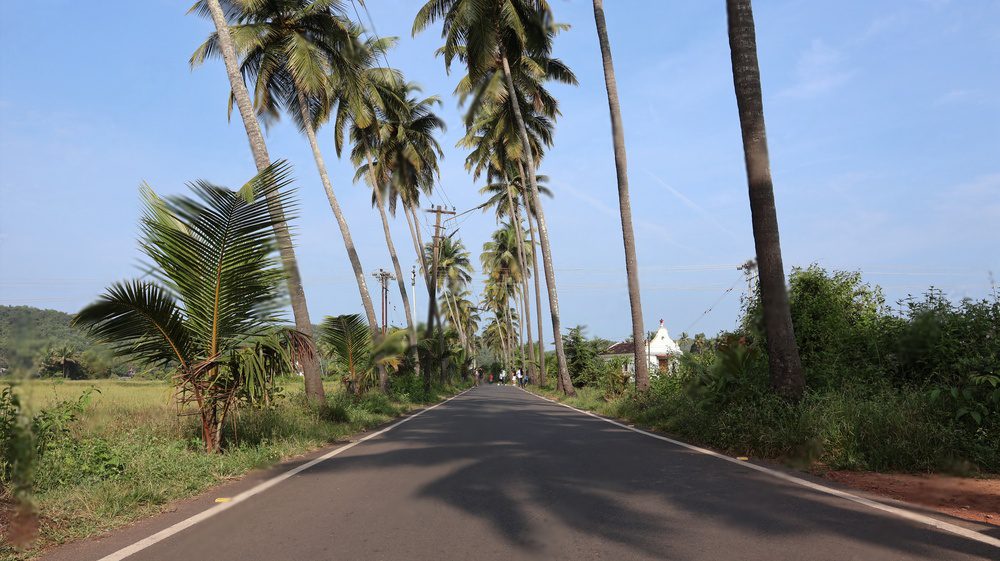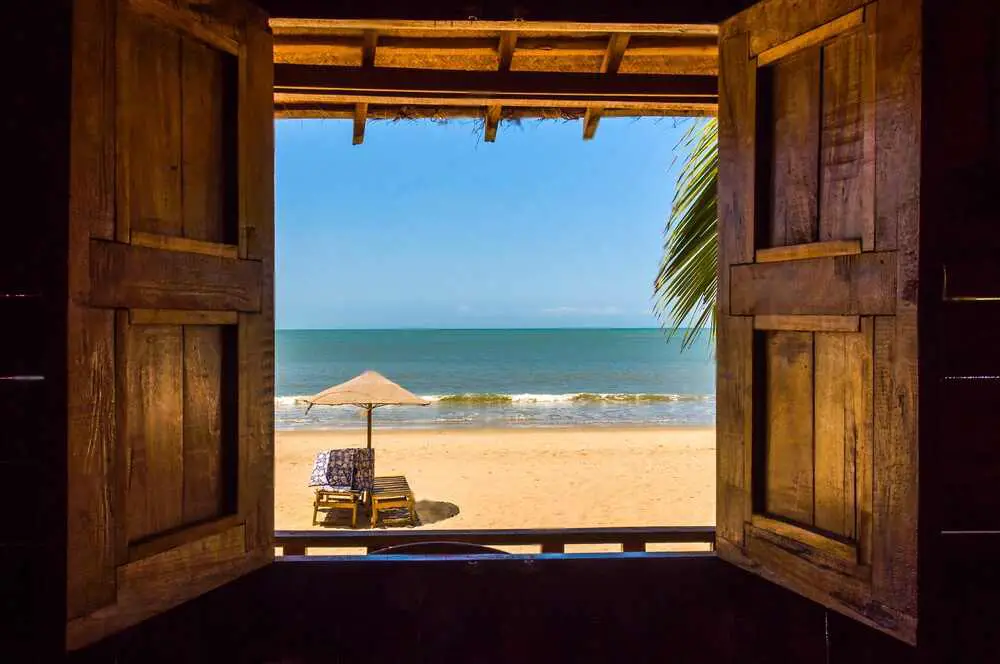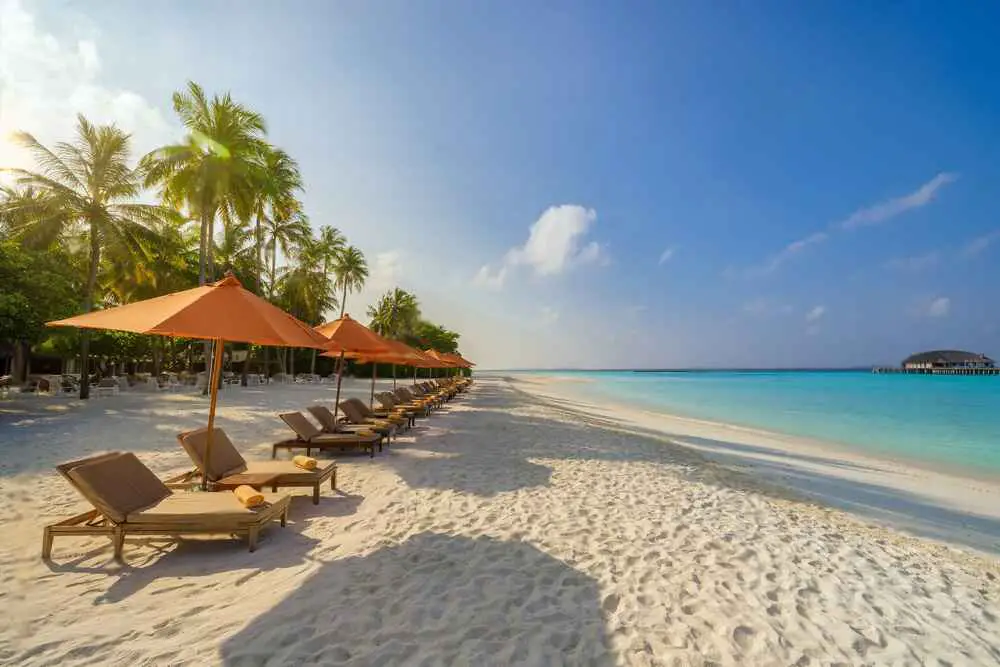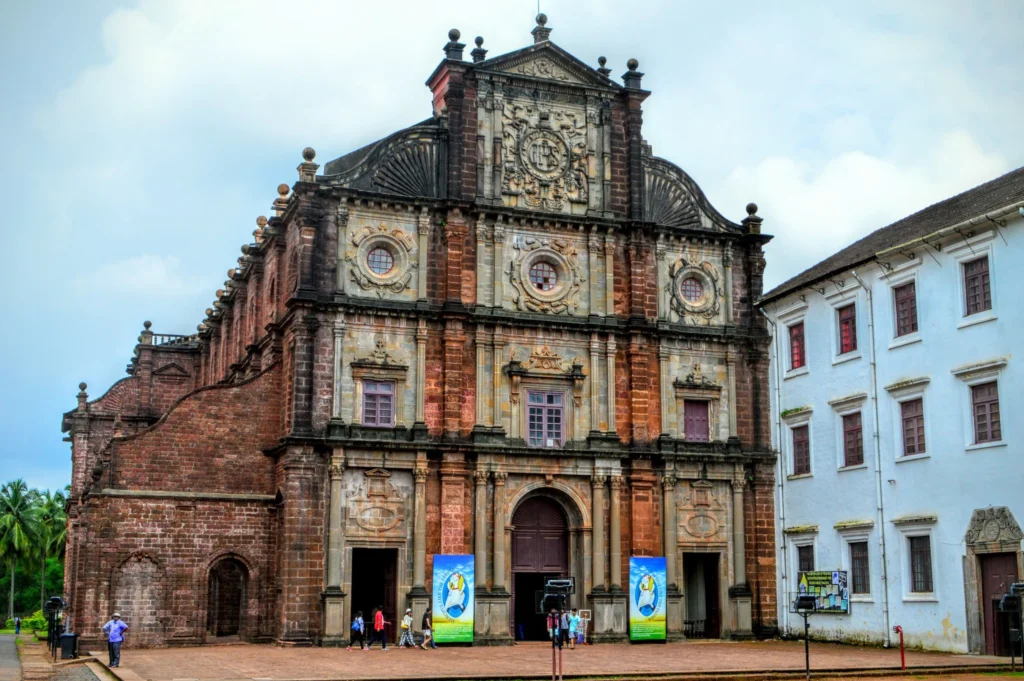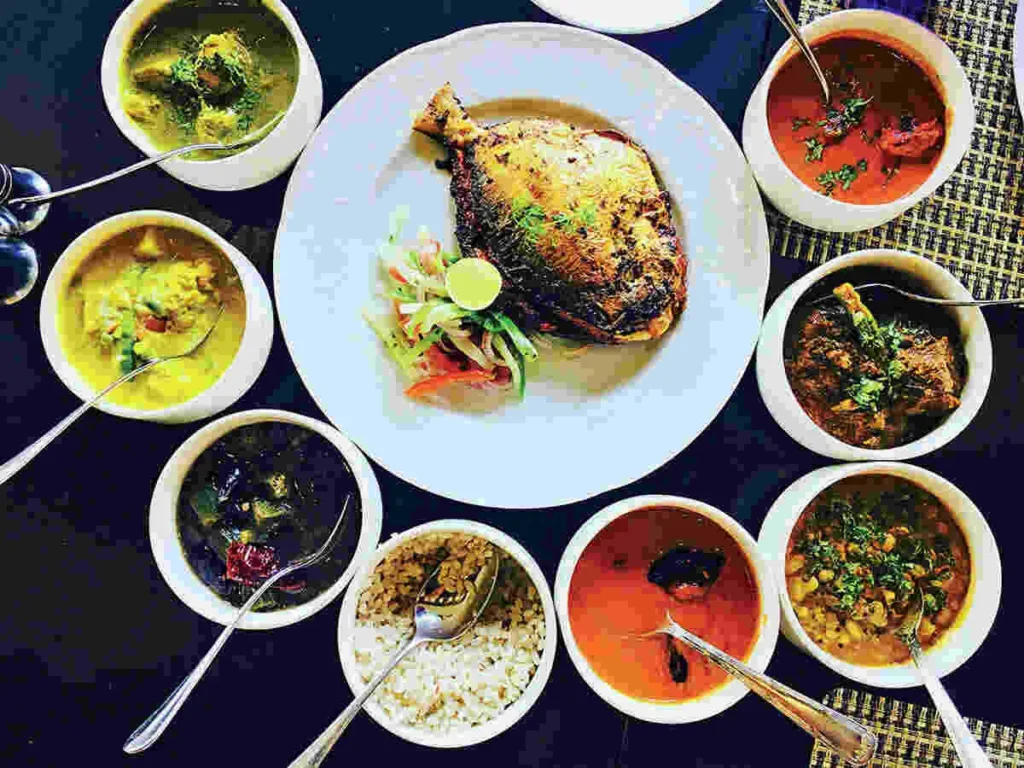Tucked away amidst the rolling hills of the Vindhya Range in Madhya Pradesh, Mandu whispers tales of a bygone era. This ancient fortress town, perched at a cool 2,000 feet, offers a glimpse into a time of love, valor, and architectural wonders. Renowned for its stunning Afghan architecture and panoramic vistas that stretch across the Malwa plateau, Mandu beckons travelers to lose themselves in its rich history and breathtaking beauty.
Once the celebrated capital of the Malwa region under the Parmar dynasty in the 10th century, Mandu blossomed as a cultural and architectural hub during the reign of the Delhi Sultanate and later the Mughals. Today, it stands adorned with magnificent palaces, ornate mosques, and intricately designed step wells, each a silent testament to its illustrious past.
How to reach:
Taking Flight:
Mandu doesn’t have its own airport, but fret not! The nearest option is Devi Ahilya Bai Holkar Airport in Indore, roughly 100 kilometers away. Once you land, taxis and buses are readily available to whisk you to Mandu in 2-3 hours, depending on traffic conditions.
Train Travel:
Similar to air travel, the closest railway station is in Indore. This station boasts excellent connections to major Indian cities like Delhi, Mumbai, Kolkata, and Chennai. Upon arrival, taxis and buses can take you to Mandu within 2-3 hours.
Road Trip:
Mandu is well-connected by road, making it accessible from major cities and towns in Madhya Pradesh and neighboring states. State-run buses and private taxis are your companions on this journey. The roads are generally good, offering a scenic drive through the Malwa region.
Exploring Mandu:
Once you’ve arrived, Mandu is yours to explore! The town is charmingly walkable, allowing you to discover its hidden corners at your own pace. However, if you want to venture further or the terrain gets hilly, local taxis and auto-rickshaws are at your disposal for convenient sightseeing.
Best time to visit:
Enchanting Winters (October to February):
Winter paints a serene picture of Mandu, transforming it into a welcoming destination. With temperatures ranging comfortably between 10°C and 25°C, clear skies, and pleasant weather, it’s the ideal time to explore the town’s historical gems like Jahaz Mahal, Hindola Mahal, and Rani Roopmati Pavilion.
Spring’s Embrace (March to May):
Spring awakens Mandu with warmer temperatures (20°C to 35°C), creating a perfect setting for outdoor adventures. Witness the town flourish as gardens come alive with colorful blooms. Take leisurely walks amidst the lush greenery, or plan early morning visits to landmarks like Hoshang Shah’s Tomb and Ashrafi Mahal to ensure comfortable sightseeing before the day heats up.
Monsoon Magic (June to September):
The monsoon season brings a refreshing transformation to Mandu. Moderate to heavy rainfall paints the landscape a lush green, with temperatures ranging from 20°C to 30°C, creating a cool and rejuvenating ambiance. Cascading waterfalls like Rewa Kund and the pool of Jahaz Mahal, along with mist-covered hills, offer a breathtaking spectacle.
Attractions:
Jahaz Mahal (Ship Palace):
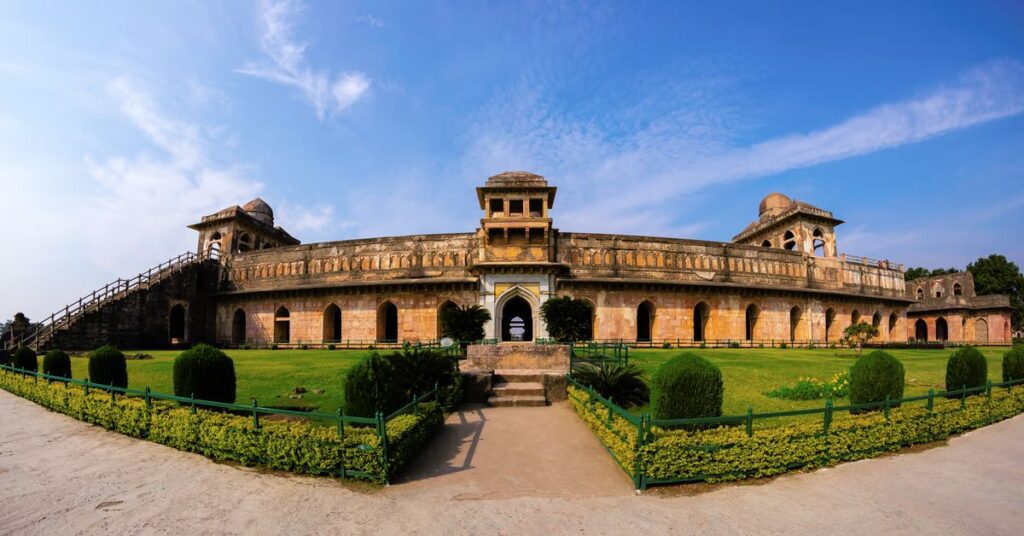

Admire Mandu’s crown jewel, the Jahaz Mahal, aptly named “Ship Palace.” This architectural marvel lives up to its name, resembling a majestic vessel serenely floating on the waters of two adjoining lakes. Built by Sultan Ghiyas-ud-din Khilji in the 15th century, it served as a luxurious retreat for the royal women. Surrounded by serene waters, the palace offers breathtaking vistas that will leave you spellbound.
Elegant arches, domed pavilions, and intricately carved stone screens adorn the Jahaz Mahal, reflecting a beautiful blend of Indo-Islamic architectural styles. Explore the palace’s multiple levels, each boasting charming courtyards and grand royal chambers. As you wander through these spaces, allow yourself to be transported back in time, imagining the lavish lives of the sultans who once resided here amidst the tranquility of the lakeside setting.
Hoshang Shah’s Tomb:
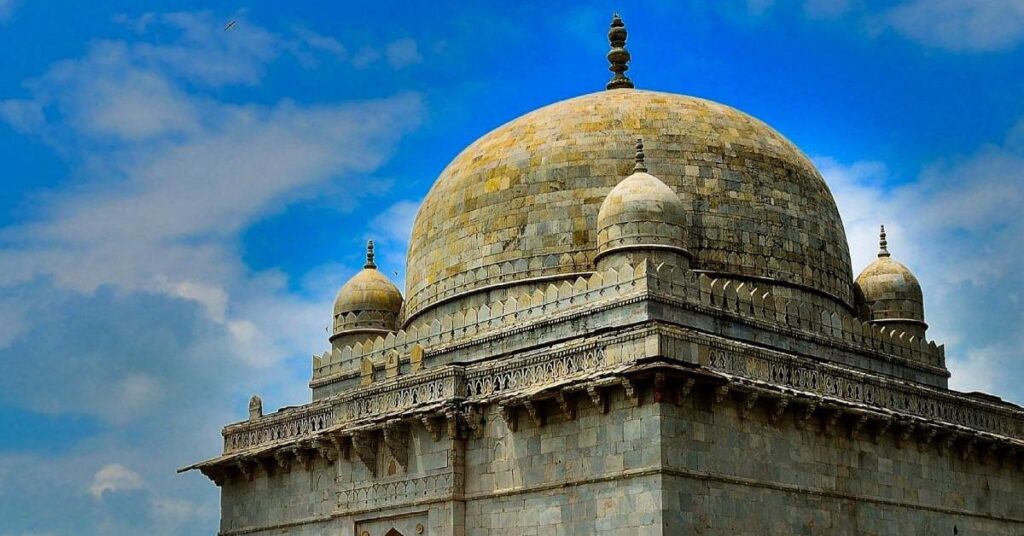

Hoshang Shah’s Tomb, a gem nestled within the Jama Masjid complex, boasts a rich history dating back to the early 15th century. This architectural marvel holds the distinction of being India’s first marble mausoleum, paving the way for the iconic Taj Mahal. Visitors are greeted by the tomb’s graceful proportions and delicate marble latticework (jali), which together create a sense of serenity. The pristine white marble facade stands in beautiful contrast to the surrounding greenery, making it a photographer’s delight. History enthusiasts will find themselves captivated by the intricate craftsmanship and historical significance of this pioneering monument.
Rani Roopmati Pavilion:
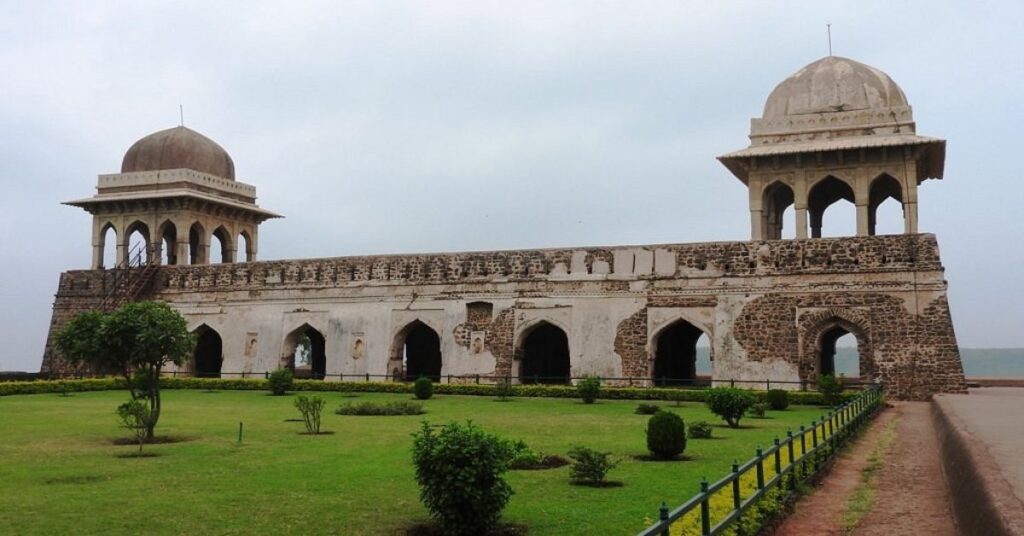

Perched atop a scenic hill, the Rani Roopmati Pavilion overlooks the majestic Narmada River, offering breathtaking vistas of the surrounding landscapes. Steeped in romantic lore, the pavilion is believed to have been the residence of Rani Roopmati, the captivating queen of Mandu, who is said to have been enamored with the nearby Baz Bahadur’s Palace.
The architectural charm of the Rani Roopmati Pavilion lies in its understated elegance. Open arches frame the stunning panorama, showcasing the meandering river and distant hills in all their glory. Visitors can wander through the airy spaces, soaking in the tranquility of the setting.
Rewa Kund:
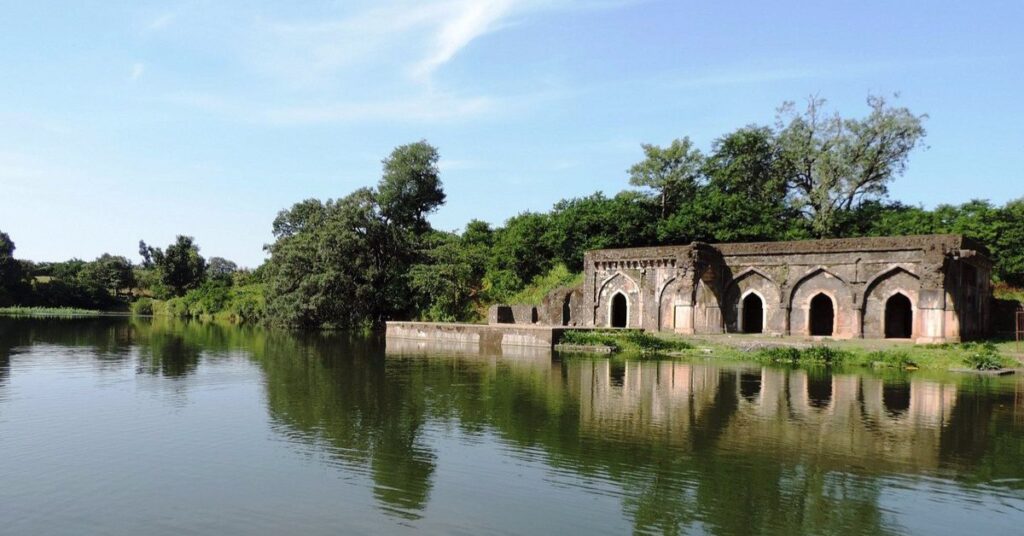

A haven of peace awaits amidst the historic tapestry of Mandu – Rewa Kund, a serene reservoir built by Baz Bahadur. This tranquil waterbody, cradled by lush greenery, served as a vital source for the city’s palaces and gardens during its reign. Today, Rewa Kund offers a refreshing escape, inviting visitors to unwind and appreciate the harmonious blend of nature and human creation.
Elegant pavilions and winding garden paths grace the verdant landscape surrounding Rewa Kund. The still waters act as a mirror, reflecting the architectural wonders of Mandu, creating a picturesque scene. Witnessing this captivating interplay of nature and human artistry is a true delight.
Hindola Mahal (Swinging Palace):
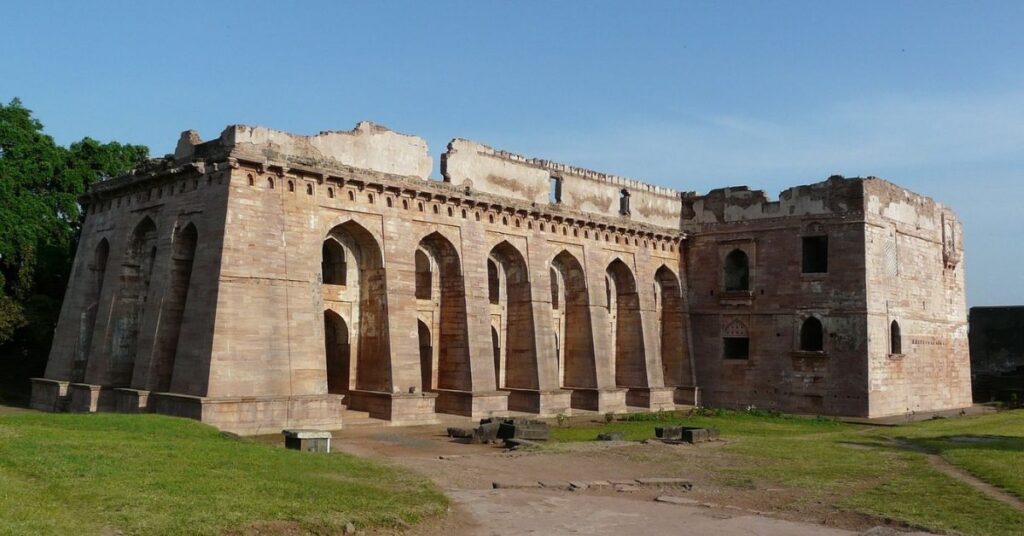

In Mandu, the “Swinging Palace,” Hindola Mahal, isn’t just a name; it’s an architectural experience. Built during the Malwa Sultanate’s rule, the palace stuns with its sloping walls that seem to sway gently – a testament to the ingenuity of medieval builders. This unique design, achieved through a clever tilt, continues to be a source of wonder for visitors.
Originally used for royal ceremonies and gatherings, Hindola Mahal showcases the craftsmanship of the era. Sandstone, the building block, is adorned with intricate carvings and decorative details, hinting at the palace’s opulent past. Wander through the spacious halls and galleries, and imagine the grandeur of the sultanate’s court as you marvel at the architectural prowess that has withstood the test of time.
Baz Bahadur’s Palace:
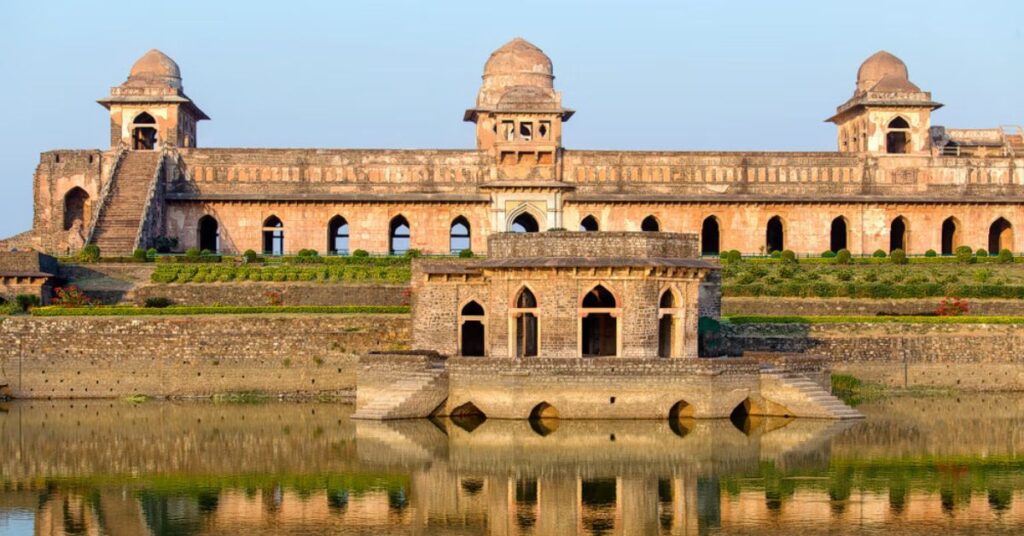

Nestled amidst the rolling hills of Mandu, Baz Bahadur’s Palace stands as a serenade to the artistic and cultural legacy of the Malwa Sultanate. Built by the music-loving Sultan Baz Bahadur in the early 16th century, the palace reflects his refined tastes and passion for the arts.
Expansive courtyards welcome visitors, their beauty enhanced by colorful tiles and ornate pavilions. These architectural gems showcase a blend of Persian and Indian influences, with intricately carved pillars, delicate balconies, and serene gardens that seem to whisper tales of melodies once played by court musicians.
Nilkanth Palace:
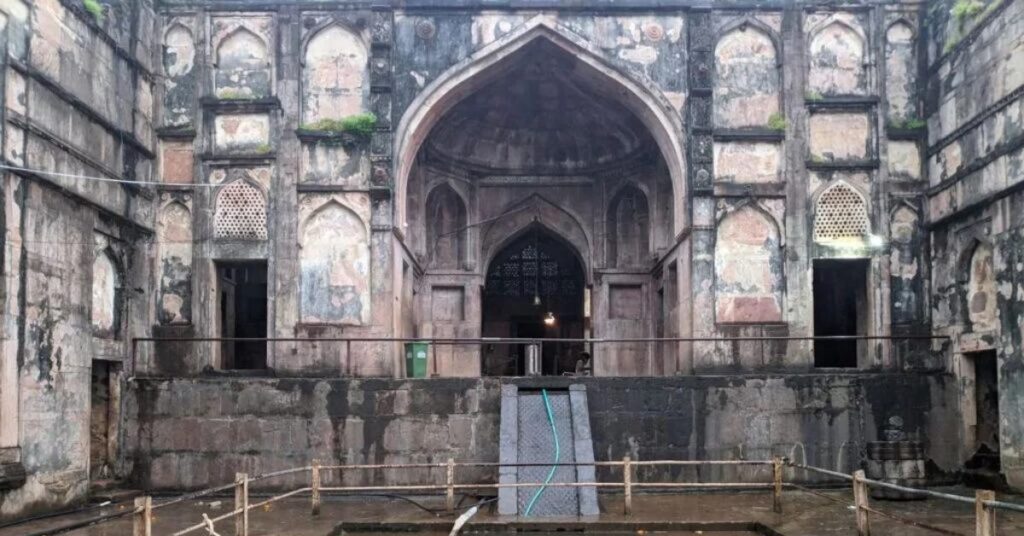

Shrouded in the embrace of time, Nilkanth Palace stands as a silent sentinel overlooking the historic tapestry of Mandu. This abandoned royal residence, once a seat of power, now whispers tales of a bygone era. Built during the reign of Mandu’s rulers, the palace stands as a testament to the region’s rich architectural heritage and strategic significance.
Explore the rugged beauty of Nilkanth Palace, its weathered facade a canvas etched with the passage of time. Remnants of its former grandeur linger in the architectural details, sparking your imagination to recreate the vibrancy of its royal past.
Local Experiences:
Witness a Magical Sunset: Soak up breathtaking panoramas of the Narmada River and the surrounding landscapes as the sun dips below the horizon at the Rani Roopmati Pavilion.
Echo Point – Nature’s Symphony: Unleash your inner child and be amazed by the playful echoes of your voice amidst the scenic hills and rock formations at Echo Point.
Sunrise or Sunset at Jahaz Mahal: Capture the essence of Mandu’s architectural marvel, the Jahaz Mahal, with its captivating ship-like structure reflected in the still waters of the adjoining lakes.
Rewa Kund Gardens: A Tranquil Escape: Unwind amidst the lush greenery surrounding the serene Rewa Kund reservoir. Take a leisurely stroll through the gardens or enjoy a relaxing picnic under the open sky.
Light and Sound Show at Mandu Fort: Embark on a captivating journey through time with Mandu Fort’s illuminating audio-visual experience. Learn about the city’s rich history and witness its past come alive.
Hoshang Shah’s Tomb: A Marble Marvel: Be awestruck by India’s first marble mausoleum, Hoshang Shah’s Tomb. Admire the intricate marble latticework (jali) that bears an uncanny resemblance to the iconic Taj Mahal.
Treasure Hunt at Local Markets: Discover the hidden gems of Mandu’s bustling markets. Browse through a vibrant collection of handicrafts, textiles, and souvenirs, each piece a testament to the city’s local artistry.
Culinary Delights: Tantalize your taste buds with the flavors of Mandu. Savor the rich curries of Malwa cuisine or indulge in the delightful simplicity of street food like kachoris and jalebis.
Jain Temples: A Spiritual Sanctuary: Seek serenity at Shri Mandavgarh Teerth, a complex housing ancient Jain temples. Immerse yourself in the spiritual ambiance and admire the architectural brilliance of these historical sites.
Trekking Adventure to Nilkanth Palace: Embark on a challenging yet rewarding hike to Nilkanth Palace. As you reach the summit, be rewarded with breathtaking panoramic views. Explore the abandoned royal residence and unravel the stories whispered by its weathered facade.
Travel tips:
Unlocking History’s Secrets: Consider hiring a local guide to unveil the captivating stories behind Mandu’s historical sites and navigate the city with ease.
Comfort is Key: Pack comfortable clothing and sturdy footwear suitable for exploring historical sites and uneven terrain.
Sun Smarts: Mandu’s sunshine can be strong, so pack sunscreen, sunglasses, and a hat for your daytime adventures.
Capture the Memories: With its breathtaking landscapes and historical wonders, Mandu is a photographer’s paradise. Keep your camera handy to capture unforgettable moments.
Respecting Traditions: As you explore Mandu, remember to dress modestly when visiting religious sites and be mindful of local customs.
Safety First: While Mandu is generally safe, it’s always wise to be cautious with your belongings. Avoid venturing into isolated areas, especially after dark.
Planning Your Finances: ATMs might not be readily available everywhere, so carry enough cash for your trip.
A Culinary Journey: Indulge in Mandu’s delectable local cuisine and street food. However, prioritize vendors who maintain cleanliness and hygiene.
Weather Woes: Be prepared for the possibility of varying weather conditions. During the monsoon season (June to September), frequent rain showers are likely.
Conclusion
Unveil the captivating tapestry of Mandu, Madhya Pradesh, a treasure trove steeped in history, romance, and architectural marvels. Explore it in detail on Xplro.com! From the majestic Jahaz Mahal and serene Rani Roopmati Pavilion to the intricate Hoshang Shah’s Tomb and lush Rewa Kund gardens, Mandu offers a time traveler’s journey amidst breathtaking landscapes. Uncover echoes of the past at the Hindola Mahal, savor local flavors at bustling markets – every corner whispers tales of a glorious bygone era. Here, rich cultural heritage and natural beauty intertwine, inviting you to experience a unique blend of tranquility and historical grandeur. A visit to Mandu isn’t just sightseeing; it’s a soul-stirring adventure that resonates with the spirit of medieval India. Let Xplro.com guide you as you discover the timeless allure of Mandu, a place that will leave you enchanted and inspired.
FAQs
When is the suggested time to visit Mandu?
- The ideal time to visit Mandu is during the winter months, from October to March, when the weather is pleasant and ideal for exploring outdoor attractions.
How do I get to Mandu?
- Mandu can be accessed by road from nearby cities like Indore and Dhar. The nearest airport is Devi Ahilya Bai Holkar Airport in Indore, approximately 100 kilometers away.
What are the must-visit attractions in Mandu?
- Key attractions include Jahaz Mahal, Hoshang Shah’s Tomb, Rani Roopmati Pavilion, Hindola Mahal, and Rewa Kund, among others.
Is Mandu safe for tourists?
- Yes, Mandu is generally safe for tourists. However, it’s advisable to take usual precautions with belongings and avoid isolated areas, especially at night.
What is the significance of Jahaz Mahal?
- Jahaz Mahal, or the “Ship Palace,” is renowned for its ship-like architecture and scenic location between two lakes. It was built as a harem for the royal women during Sultan Ghiyas-ud-din Khilji’s reign.
How long does it take to explore Mandu?
- A full day is usually sufficient to explore the major attractions of Mandu, though enthusiasts may choose to stay longer to delve deeper into its history and ambiance.
Are there accommodation options in Mandu?
- Yes, Mandu offers a range of accommodation options including hotels, guesthouses, and resorts catering to different budgets and preferences.
What should I pack for a trip to Mandu?
- Pack comfortable clothing and footwear suitable for walking and exploring historical sites. Don’t forget essentials like sunscreen, a hat, and a camera for capturing the scenic views.
Are there restaurants and dining options in Mandu?
- Yes, Mandu has restaurants offering local Malwa cuisine as well as other Indian dishes. Street food options like kachoris and jalebis are also popular.
Can Mandu be visited as a day trip from nearby cities?
- Yes, Mandu can be visited as a day trip from cities like Indore and Dhar. It’s advisable to start early to make the most of your time exploring the attractions.
What festivals are celebrated in Mandu?
- Mandu celebrates festivals like Diwali, Navratri, and other cultural events which showcase local traditions and rituals.
Is photography allowed at Mandu’s historical sites?
- Yes, photography is generally allowed at Mandu’s historical sites. However, there may be specific restrictions at certain locations, so it’s advisable to check locally.
